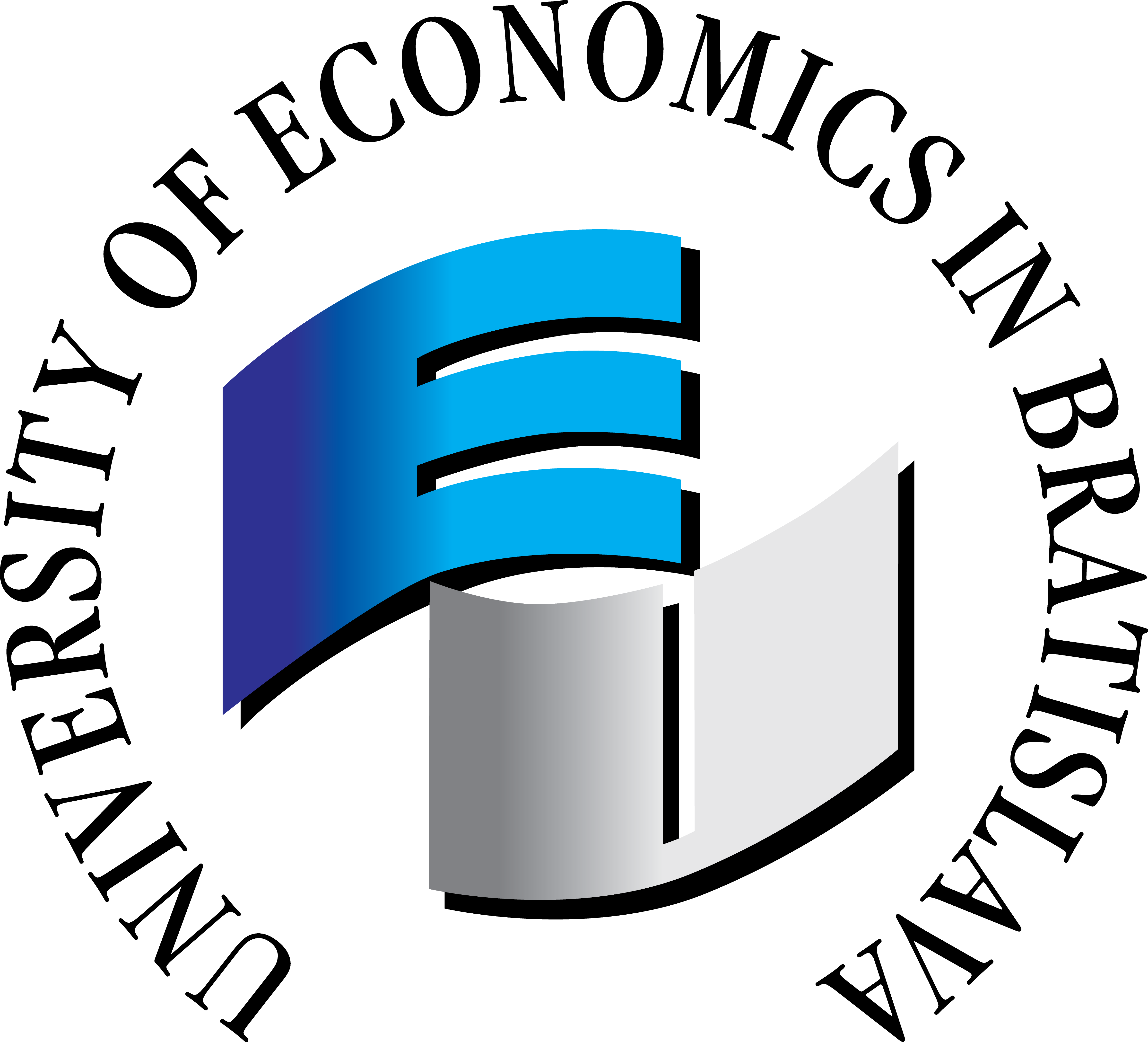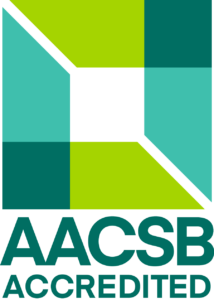Auditing I
- Credits: 6
- Ending: Examination
- Range: 2P + 2C
- Semester: summer
- Year: 1
- Faculty of Economic Informatics
Teachers
Included in study programs
Teaching results
Learning Outcomes
Auditing is a section that has a national and international standing. The issues that are the subject of auditing are broad and to a large extent it is necessary to use and apply knowledge from other disciplines. The aim of the course Audit 1 is to teach students the basic framework in which statutory audit operates in terms of its position in the economic environment. At the same time, to teach students, through the connection of theory and practical applications, the essence of the audit procedures performed within the auditor‘s initial work. Audit 1 forms the basis for the continuing subject Audit 2.
Knowledge
The subject will gain knowledge of the legal framework applicable to statutory audit. At the same time, he/she will learn to understand the auditor‘s responsibilities from a moral, ethical, and legal perspective. The graduate will gain knowledge of the activities that must be performed in accepting the audit engagement, audit risk assessment and evaluation, and take adequate responses to the identified risk in accordance with the requirements of International Standards on Auditing. At the same time, he/she will master the issues related to audit planning, understanding the importance of the internal control system and determining the level of materiality in accordance with the practical application.
Competences
Following the acquired knowledge, the student is able to solve various model situations related to the variability of the audit environment. The student acquires coherent thinking in connection with the interconnectedness of the problem. Last but not least, the student will have knowledge of the content of audit documentation in relation to the content of the course.
Indicative content
Indicative content:
Historical conditionality and development of audit, nature and goal of audit. Transnational and national audit regulation. Definition of the auditor‘s responsibilities in relation to the legal, moral and ethical level. Ethics in auditing, auditor independence. Activities related to order acceptance and audit risk assessment. Work with accounting documentation. Application of analytical procedures in order to identify risk areas of the audit. Audit quality control. Audit identification and assessment. Auditor‘s communication with management and those charged with governance. Auditor‘s response to identified risks. Audit planning. Nature and content of audit documentation. Internal control system. Internal control system testing. Evaluation of the degree of reliance on the internal control system. Determining the level of materiality in the audit. Use of financial analysis in audit. Use of IT in audit. Internal audit, defining the differences between internal audit and audit of financial statements. Cooperation of the external auditor with the internal auditor. Creation of audit documentation. Practical aplication and case studies.
Support literature
1. Madera, F.: Audit and Auditing. Bratislava, 2015.
2. Mullerová, L., Králiček, V.: Auditing. Praha, 2020
3. Hayes, R., Wallage P., Gortemaker H.: Principles of Auditing. 2014
4. Krišková, P., Užík, J.: Methodological aspects of the implementation of auditing standards as part of the economic and legal environment of the Slovak Republic, Praha, 2020
5. Kareš, L., Krišková, P., Užík, J: Auditing 1 – case studies, Bratislava, 2018
6. Act No. 423/2015 Coll Act on Statutory Audit and on Amendments to Act No. 431/2002 Coll. on accounting as amended.
7. Act No. 431/2002 Coll. on accounting as amended.
8. SKAU Auditor's Code of Ethics, Auditor's Code of Ethics Handbook. 2018. https://www.skau.sk/wp-content/uploads/2020/01/Eticky-kodex-auditora-final-uprava.pdf
9. SKAU guidelines available at www.skau.sk
Syllabus
1. Historical conditionality and development of audit, nature and goal of audit.(PR) 2. Transnational and national audit regulation. (PR) 3. Definition of the auditor‘s responsibilities in relation to the legal, moral and ethical level. (ZZ) 4. Ethics in auditing, auditor independence. (ZZ) 5. Activities related to order acceptance and audit risk assessment. (KZ) 6. Work with accounting documentation. Application of analytical procedures in order to identify risk areas of the audit. (KZ) 7. Audit quality control. Audit identification and assessment. Auditor‘s communication with management and those charged with governance. (ZZ) 8. Auditor‘s response to identified risks. (KZ) 9. Audit planning. Nature and content of audit documentation. (KZ) 10. Internal control system. Internal control system testing. Evaluation of the degree of reliance on the internal control system. (ZZ) 11. Determining the level of materiality in the audit. (KZ) 12. Use of financial analysis in audit. Use of IT in audit. (PR) 13. Internal audit, defining the differences between internal audit and audit of financial statements. Cooperation of the external auditor with the internal auditor. Creation of audit documentation. (PR) PR - overview, ZZ - basic knowledge, KZ - key knowledge
Requirements to complete the course
26 hours of lectures
26 hours of seminars
26 hours of preparation for the seminars
24 hours of preparation for the interim concept check test
54 hours of preparation for the exam
Total study load (in hours): 156
Student workload
26 hours of lectures
26 hours of seminars
26 hours of preparation for the seminars
24 hours of preparation for the interim concept check test
54 hours of preparation for the exam
Total study load (in hours): 156
Language whose command is required to complete the course
slovak
Date of approval: 11.03.2024
Date of the latest change: 19.12.2021

